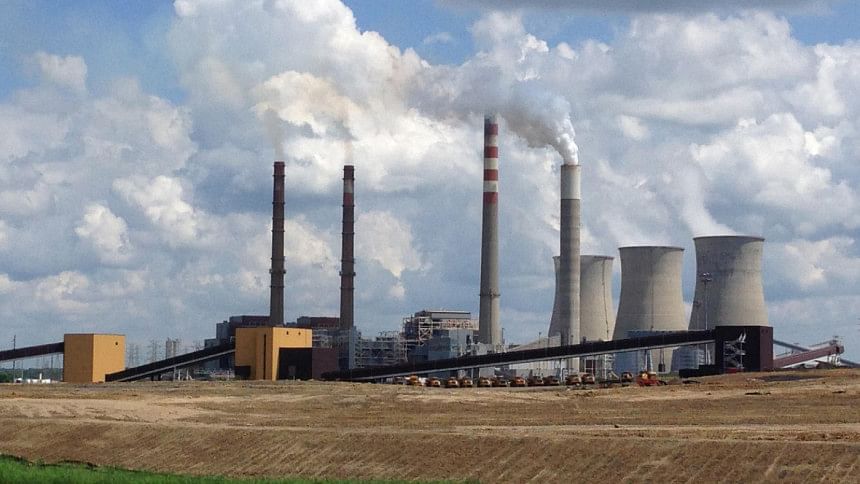Cox’s Bazar’s environment will suffer heavily

According to a report prepared by Bangladesh Poribesh Andolon (BAPA) and Waterkeepers Bangladesh, the government is moving ahead with land acquisition to set up some 17 coal-fired power plants in Cox's Bazar and Maheshkhali areas. The fear of environmentalists is that not enough study has gone into the potential environmental or social impact these plants could have on the coastal town. In a country where impact assessment studies are seldom done or where the regulatory body is hardly effective, the fear is that at a time when the world is moving towards greener power generation technology, we are stepping into a coal-centric pollution trap.
Of course there is need for development. However, at what cost? Though the plants will generate some 17,944 megawatts of energy over the next decade, all of these projects are situated between 25km to 50km of Cox's Bazar and Chattogram city. Environmentalists believe that these 17 plants will generate some 72 million tonnes of carbon dioxide (CO2) every year, which is equivalent to the total carbon footprint of Albania, Armenia, Bhutan, Cambodia, Congo, Laos, Myanmar, Nepal, Senegal and Zambia.
That is a lot of CO2 to swallow for a small and densely populated country like Bangladesh! The people of Cox's Bazar will have to bear the brunt of the environmental impact. The 247,000 people in Cox's Bazar engaged in economic activities are dependent on fishing, catering, fish processing and other agricultural activities. It is time for a real assessment on precisely what impact these plants will have since so many people's lives and livelihoods are dependent on the biodiversity of Cox's Bazar. Development, at the cost of the environment is not development, but sheer folly. We cannot be complacent when it comes to development of environmentally sensitive areas like sea beaches, hills and forests.

 For all latest news, follow The Daily Star's Google News channel.
For all latest news, follow The Daily Star's Google News channel. 



Comments